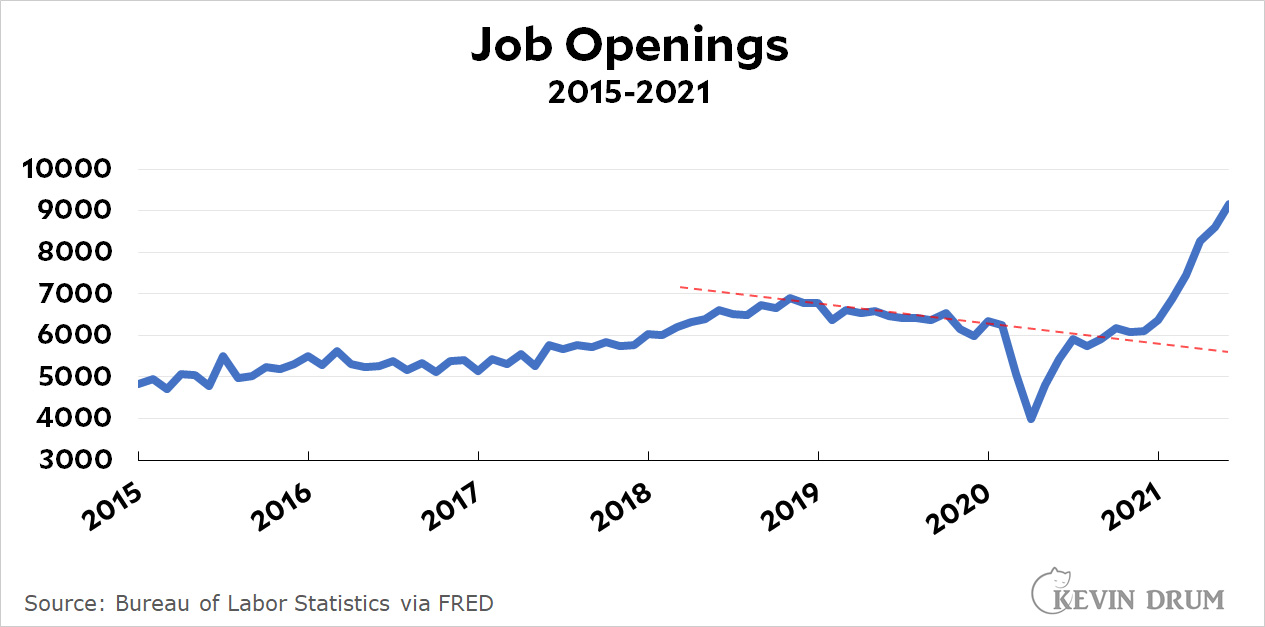The latest from Kabul:
At least 1,500 American citizens remain in Afghanistan...with 500 more expected to depart soon.
Secretary of State Antony J. Blinken said the government was trying to track down around 1,000 American citizens still believed to be in Afghanistan who had not responded to a frantic flurry of emails, phone calls or other messages offering to evacuate them.
I'm wary of saying anything concrete since I'm not on the ground in Afghanistan, but wtf is going on with these people? It's bad enough that there are so many Americans who ignored advice months ago to get out of Dodge, but why on earth would anyone be staying behind at this point?
In other news, the Times, using numbers from the Association of Wartime Allies, claims that there were more than 300,000 Afghans who assisted us during our 20-year war and deserve our help in being evacuated. Of these, about 250,000 remain and still need to be airlifted out.
Maybe so, but I'd take this with a grain of salt. The AWA has been pushing this number for months, but as near as I can tell they're the only ones. As you can imagine, it's a very difficult number to estimate, which means that it's easy to produce nearly any figure you want. The AWA may be right, but other estimates I've seen seem to hover around 80-100,000, of which we've already evacuated about 60,000 or so. If that estimate is correct, it means we have 20-40,000 Afghans left to evacuate.
Obviously I don't have any independent way to estimate these numbers myself. I just want to point out that the AWA has been alone in its estimate for months, and the fact that the Times has finally decided to write a story about them doesn't make their estimate any more (or less) credible than it's ever been.






